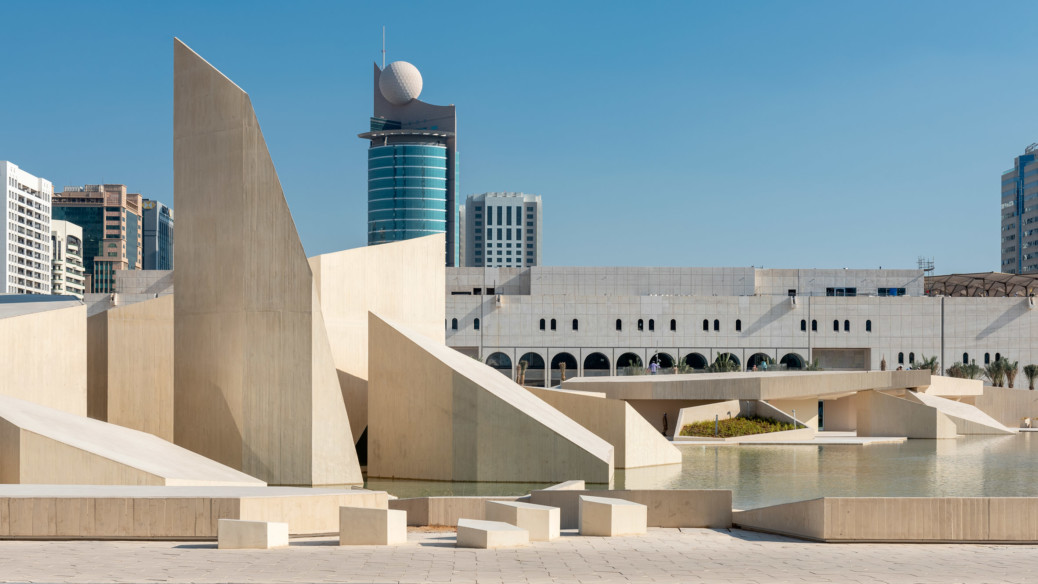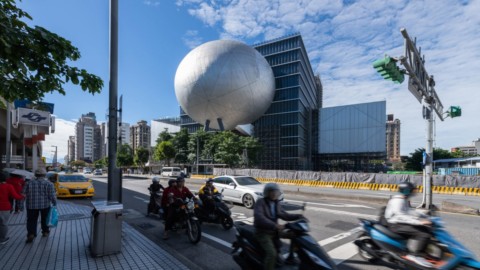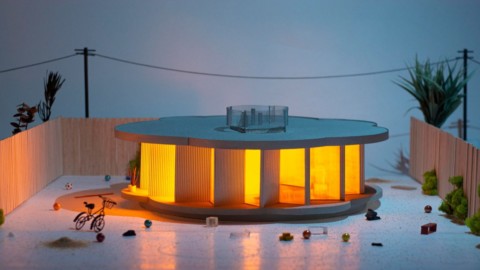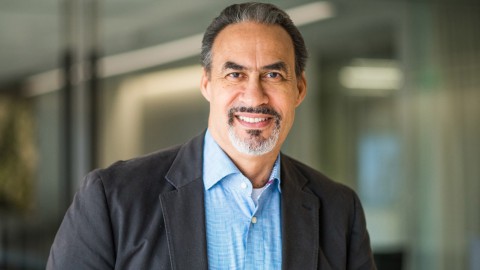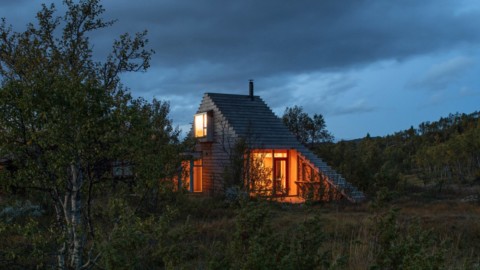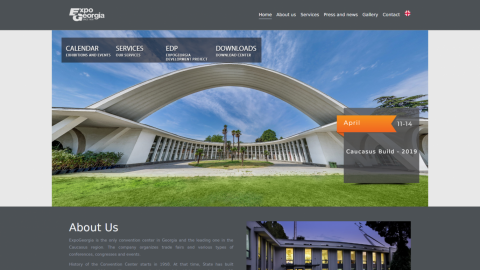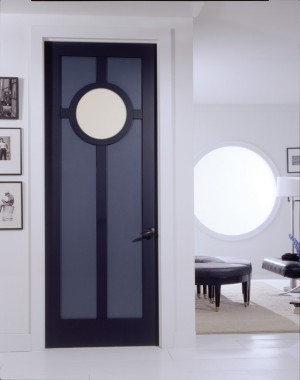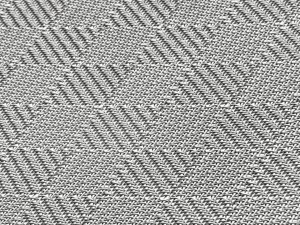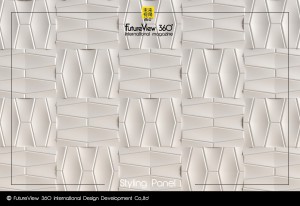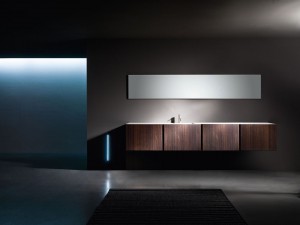CEBRA has completed a cave-like prayer centre in Abu Dhabi housed in a landscape of jagged, rock-like forms.
Al Musallah prayer hall is also a new park for the city.
Commissioned by the city’s Department of Culture and Tourism, the prayer centre is part of a wider masterplan for a site adjacent to the Qasr Al Hosn Fort – Abu Dhabi’s oldest stone structure.
CEBRA已在阿布扎比完成了一個洞穴狀的祈禱中心,該中心坐落在鋸齒狀,岩石狀的景觀中。
Al Musallah禮拜堂也是這座城市的新公園。
祈禱中心受該市文化和旅遊部委託,是阿布扎比最古老的石頭建築Qasr Al Hosn堡附近遺址總體規劃的一部分。
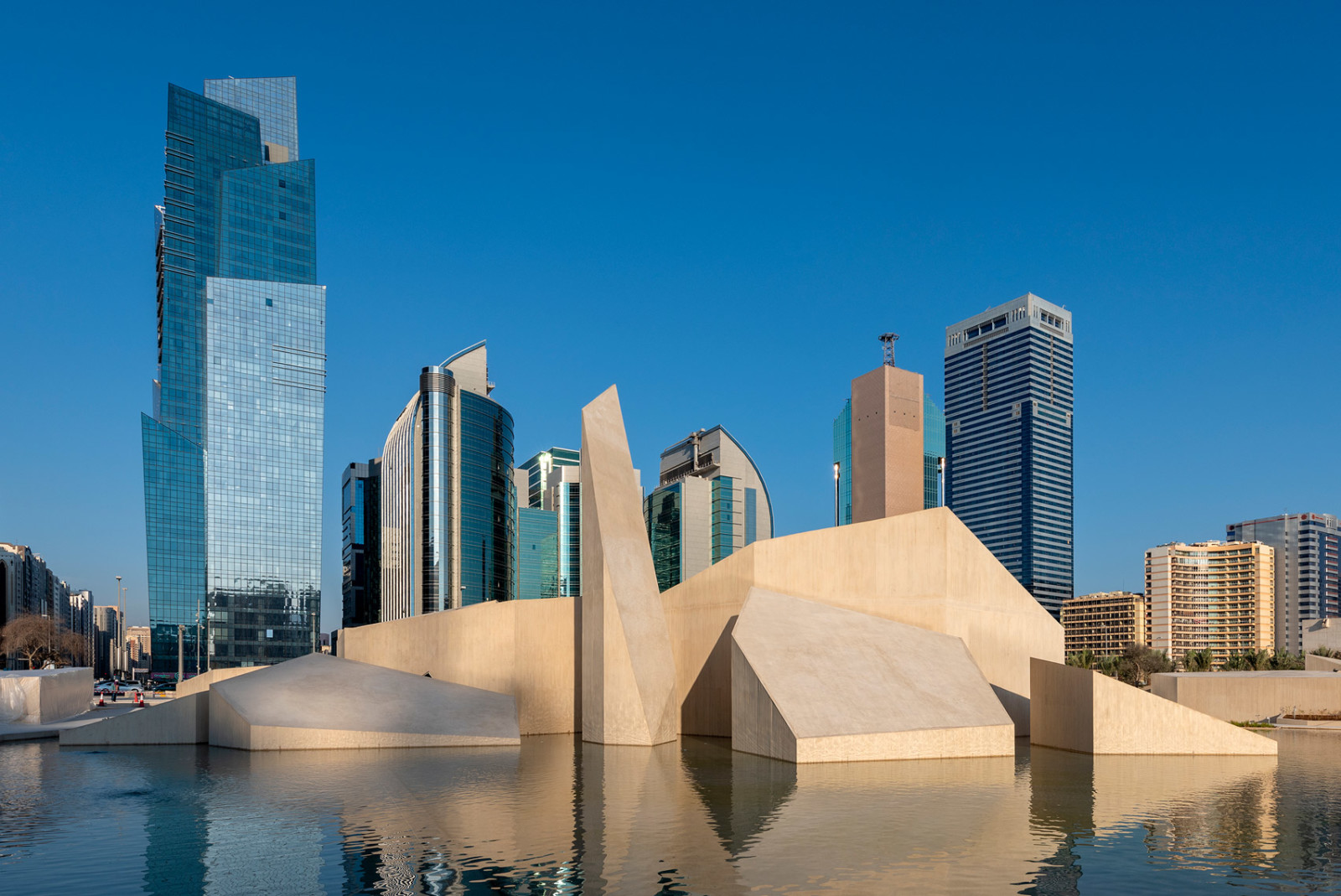
Drawing on the mud-crack patterns of Abu Dhabi’s coastal desert landscape, the rock shapes rise out of a small pool of water.
Together they form a mixture of walkways, gardens, seating and even bollards, with the largest housing the spaces of the prayer complex.
借助阿布扎比沿海沙漠景觀的泥裂圖案,岩石形狀從一小池水中升起。
它們共同構成人行道,花園,座位甚至系柱的混合物,其中最大的住房是祈禱綜合體的空間。
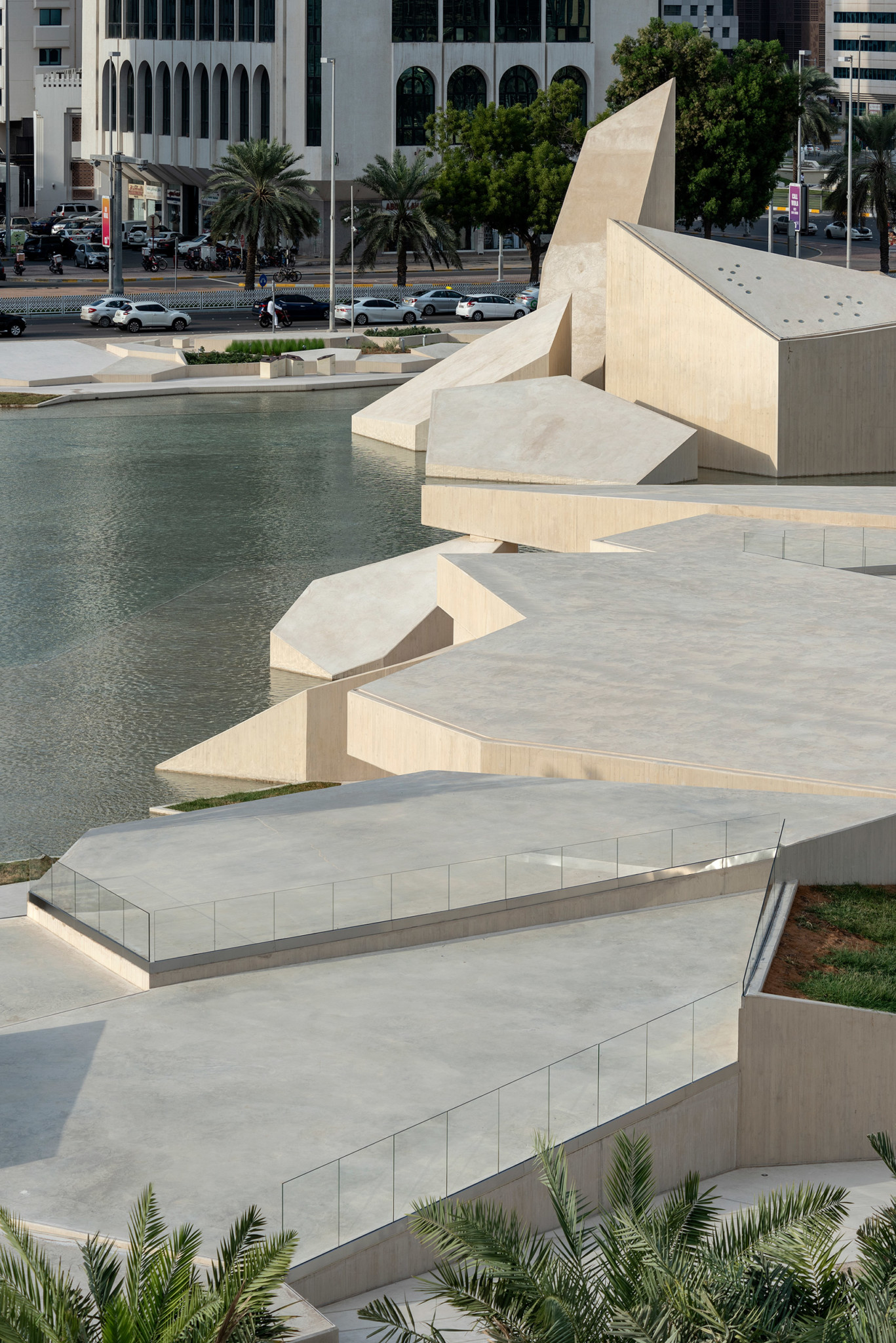
“The geometries intentionally land somewhere between building and landscape,” said CEBRA.
“Along the transitional zone, the landscape changes from horizontal planes to slanting surfaces and gradually grows into actual buildings, culminating with the Musallah.”
CEBRA說:“幾何圖形故意降落在建築物和景觀之間的某個地方。”
“沿過渡帶,景觀從水平面變為傾斜表面,並逐漸發展成實際建築物,並最終成為穆沙拉。”
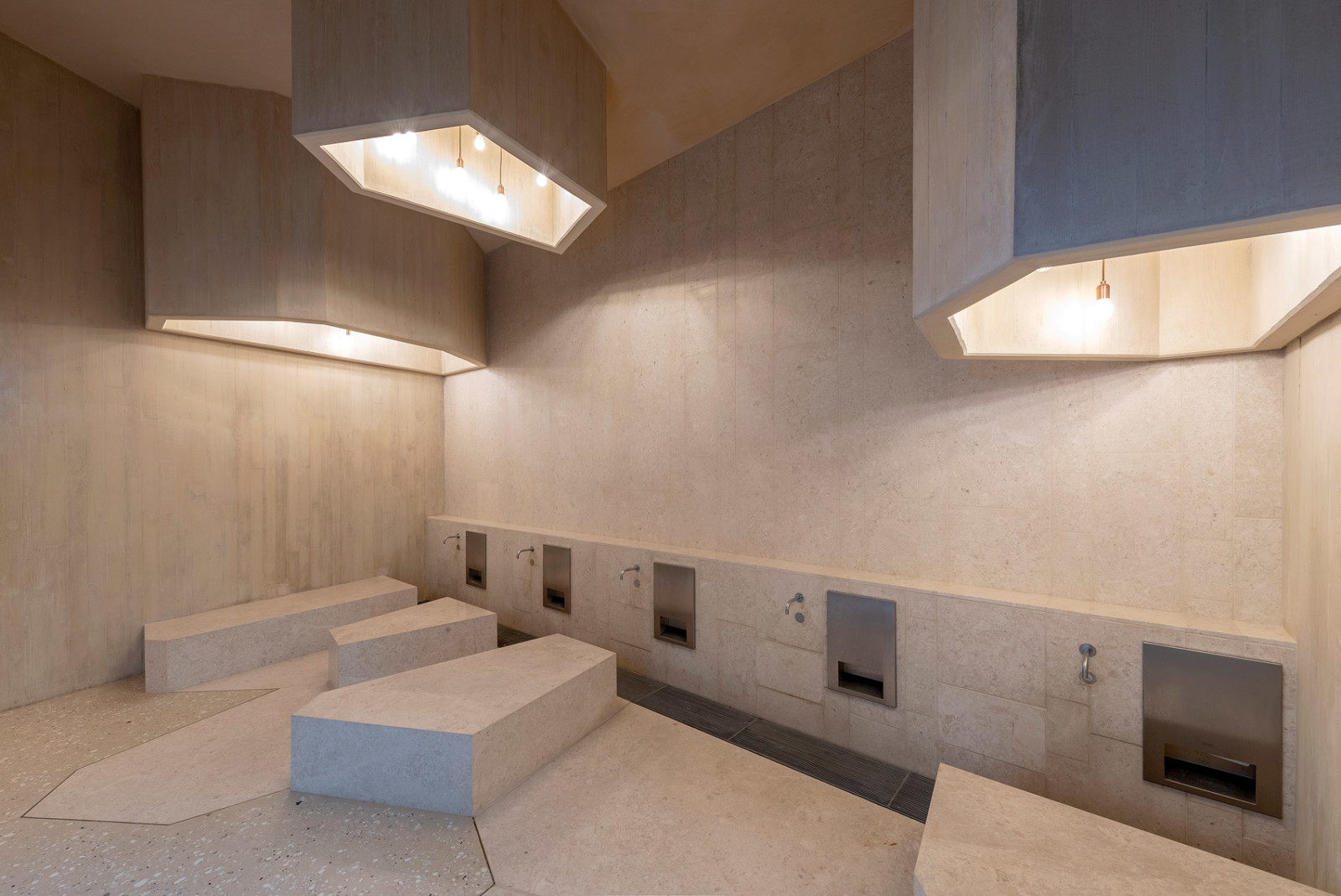
The prayer hall spaces themselves are a series of interconnected forms surrounded by water.
These ponds separate them from the public park and provide a greater sense of privacy and seclusion.
禮堂空間本身是一系列相互連接的形式,被水包圍。
這些池塘將它們與公園隔開,提供了更大的私密性和隱蔽感。
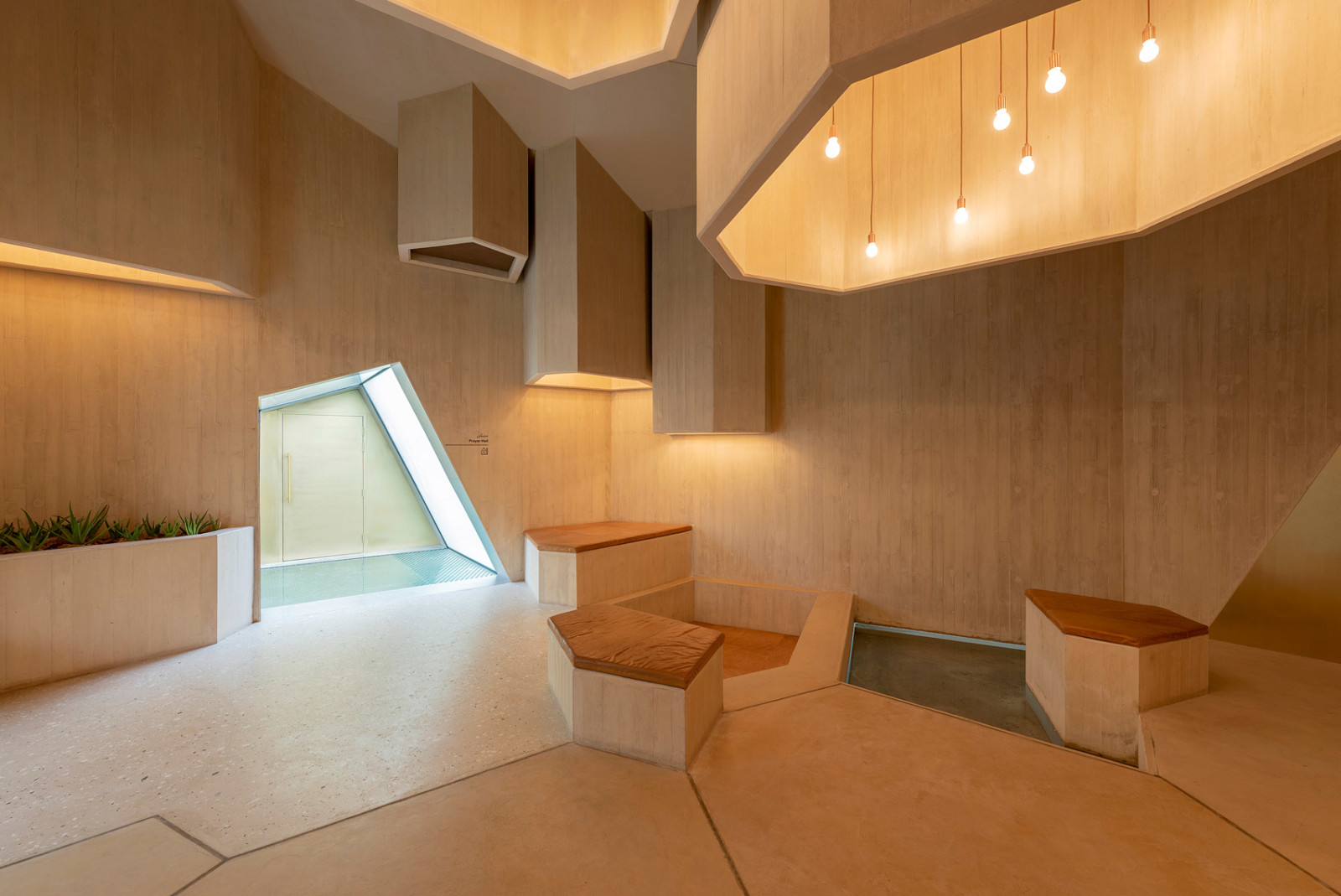
“Walking from the open landscape of the park along the narrow passages between the ‘rocks’, the noise and bustling life of the city slowly fades away and visitors enter the cave-like entrance halls, where you can rest and talk before prayers,” said the studio.
A roughly symmetrical plan creates two routes into the prayer area.
“從公園的開闊地帶沿著’岩石’之間狹窄的通道漫步,城市的喧囂和喧囂的生活逐漸消失,遊客進入像洞穴一樣的入口大廳,在這裡您可以休息並在祈禱前交談。” 工作室說。
大致對稱的計劃會創建進入祈禱區的兩條路線。
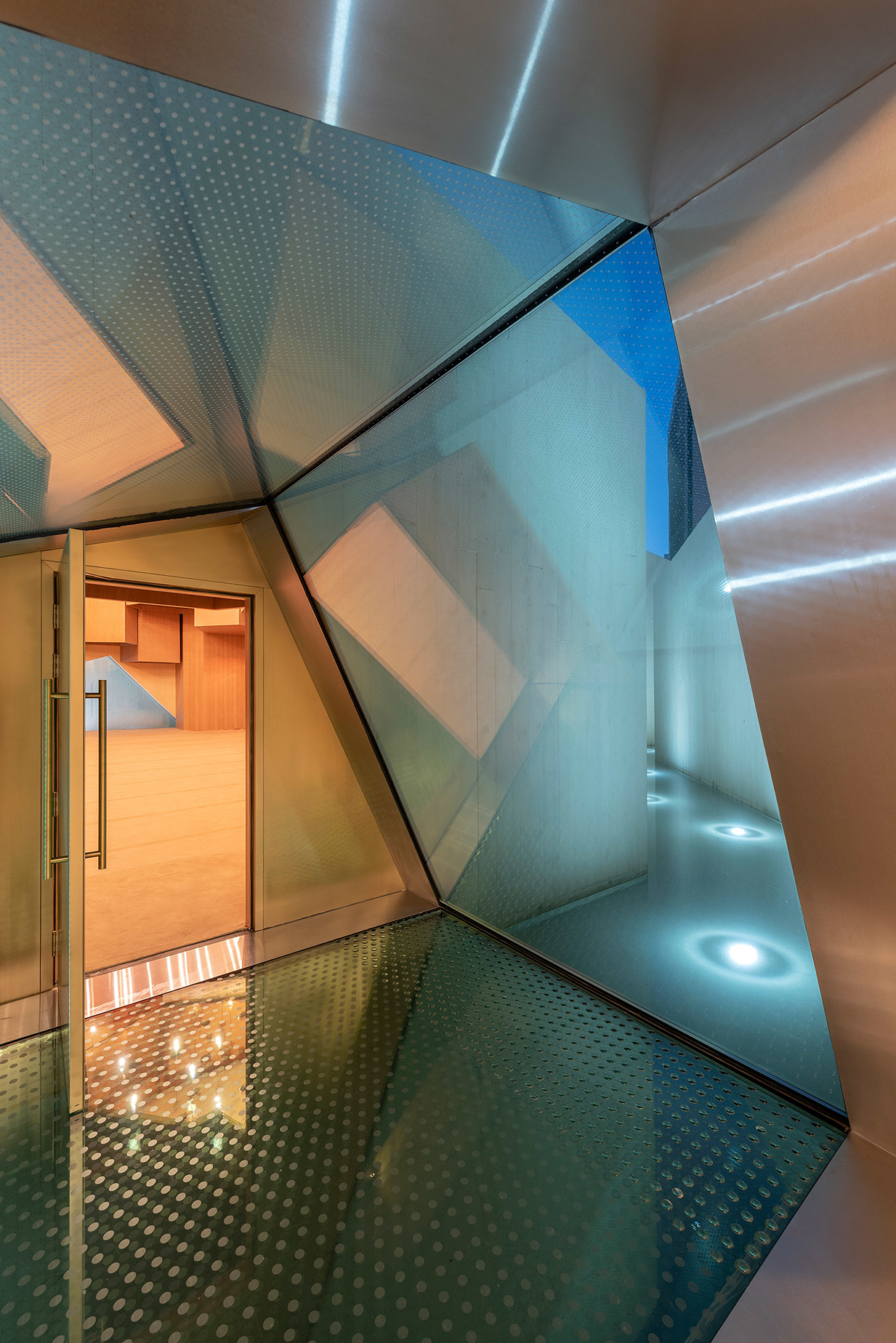
Separate sequences of spaces for men and women lead through wash areas into the two individual halls, which are oriented towards the Qibla – the direction Muslims pray towards
男女分開的空間序列穿過洗手區進入兩個單獨的大廳,這些大廳朝著朝拜方向-穆斯林祈禱的方向
One wall is decorated with a relief inscribed in the concrete, and is visible through a window hidden from the outside.
一堵牆飾有刻在混凝土上的浮雕,並可以通過隱藏在外面的窗戶看到。
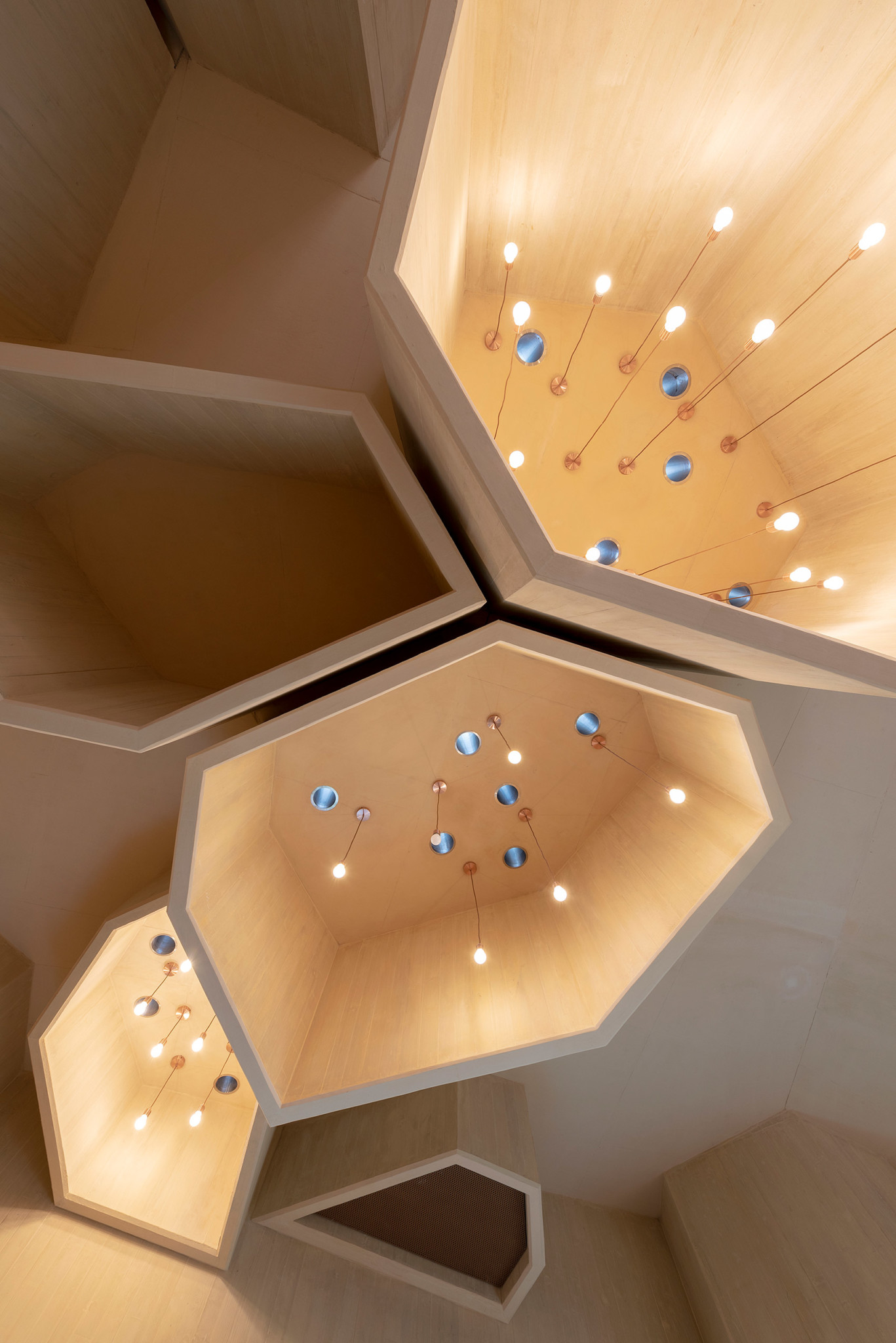
Glass corridors connect the different parts of the prayer centre.
In the prayer halls, copper has been used to clad the walls and the ceilings, creating what the studio call “endless reflections of light.”
玻璃走廊連接了祈禱中心的各個部分。
在祈禱廳中,銅被用來覆蓋牆壁和天花板,從而創造出工作室所謂的“無盡的光反射”。
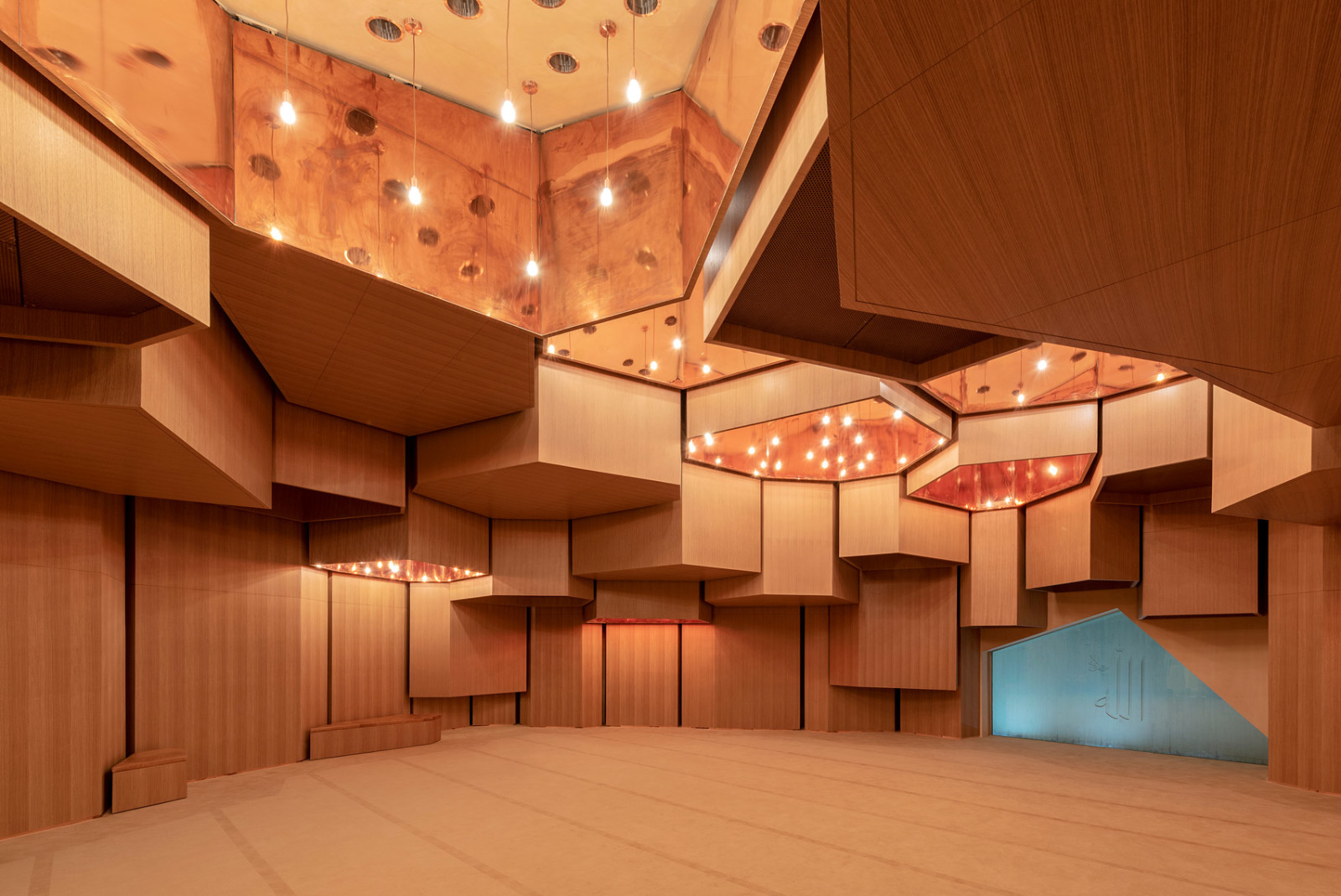
“It illustrates how man has always looked up into the skies, wondering and reflecting on one’s own existence,” said CEBRA.
The geometric mud-crack appearance of the exterior is mirrored internally, with a ceiling of suspended forms illuminated by both skylights and artificial hanging lights.
CEBRA說:“它說明了人們如何一直仰望天空,想知道並反思自己的存在。”
外部的幾何裂紋裂縫外觀內部反射,天花和人造吊燈都照亮了懸浮形式的天花板。
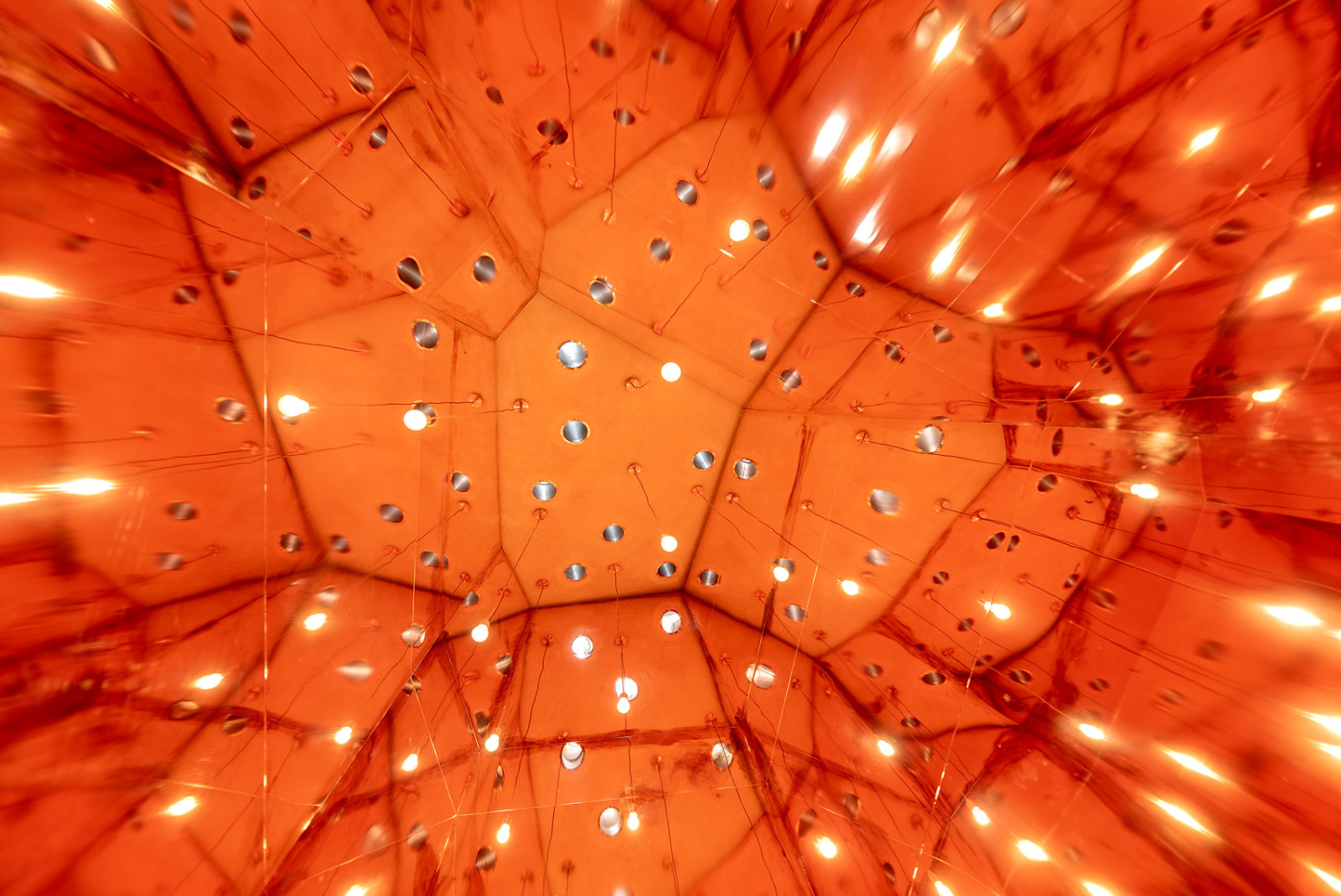
Based in both Aarhus, Denmark and Abu Dhabi, CEBRA was founded in 2001 by Mikkel Frost, Carsten Primdahl and Kolja Nielsen.
Another worship project coming soon to Abu Dhabi is a trio of multifaith temples on Saadiyat Island designed by Adjaye Associates.
CEBRA由Mikkel Frost,Carsten Primdahl和Kolja Nielsen於2001年成立,總部位於丹麥奧爾胡斯和阿布扎比。
即將到阿布扎比的另一個禮拜項目是由Adjaye Associates設計的薩迪亞特島上的三重信仰寺廟。
FROM:https://www.dezeen.com/2019/12/27/al-musallah-prayer-hall-cebra-cave-worship-architecture/

